Note about Maine Coon polydactylism including patty-foot and mitten-paw
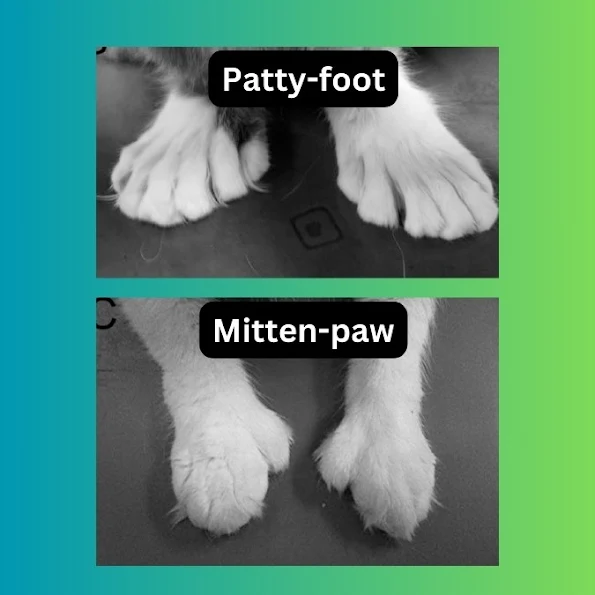 |
| Mitten-paw and patty-foot. Image: MikeB based on images from the study mentioned in the article. |
Here's a short note with some information about polydactylism in Maine coon cats.
Polydactyly definition: I think I might start off with a definition of polydactyly. It is usually defined in relation to humans where it means "a condition in which a baby is born with one or more extra fingers." It means, therefore, that a cat is born with more than the normal number of toes and it can affect both hind and forepaws but normally affects the forepaws.
High prevalence: there is a high prevalence of polydactylism in Maine Coon cats. We don't have an exact percentage of Maine Coon cats that are polydactyly but it's probably around 40% or 4 in 10 cats have more than the usual number of toes.
Variable appearance: what I mean here is that, in scientific language, the "phenotypic expression of polydactyly showed great variability". The word "phenotypic" means the body conformation or appearance of the anatomy of the cat. As stated it there is a lot of variability in terms of the number of toes and the shape of the toes in polydactyl cats.
Two types of polydactyly: the breeder's report that there is a type of polydactyly called "mitten-paw" and alternatively "patty-foot". The former is a version of polydactyly in which there is an extra toe which is shorter than the other toes and separate from them. Alternatively, the latter describes a polydactyl foot which has extra toes of the same length and are continuous with the other toes. In other words the toes look very even compared to an uneven set of toes for the mitten-paw.
History: the history of the Maine Coon cat is up for grabs largely but the general consensus, I would say, is that the current Maine Coon cats are founded in the very early medium-longhaired cats brought from Europe and England with the settlers in the 17th and 18th centuries and these cats were often polydactyl and they were and still are the foundation cats of the Maine Coon breed today. And it's remarkable that the genetic mutation which causes polydactylism is still heavily present in the Maine coon cat over a period of 400 years.
Source: (including MikeB): Hamelin A, Begon D, Conchou F, Fusellier M, Abitbol M. Clinical characterisation of polydactyly in Maine Coon cats. Journal of Feline Medicine and Surgery. 2017;19(4):382-393. doi:10.1177/1098612X16628920

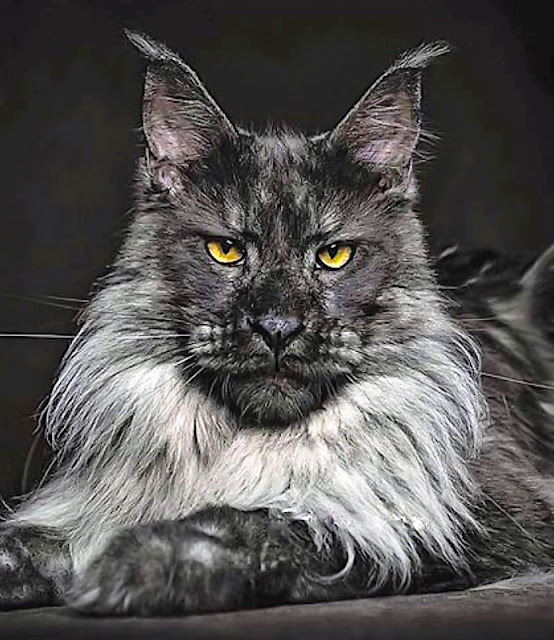



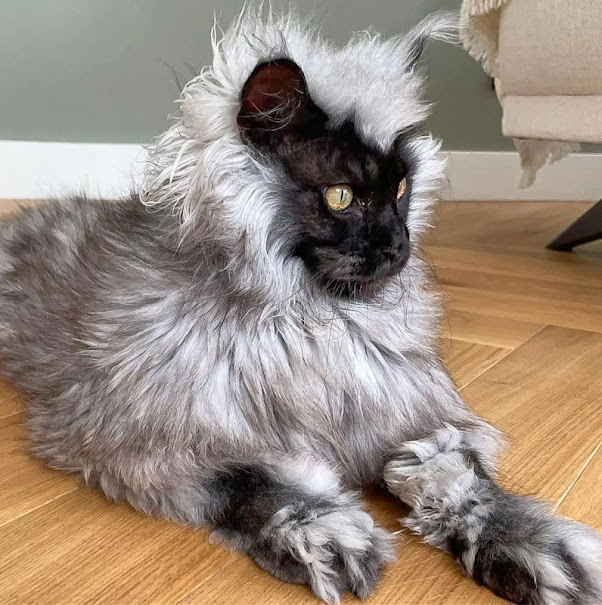

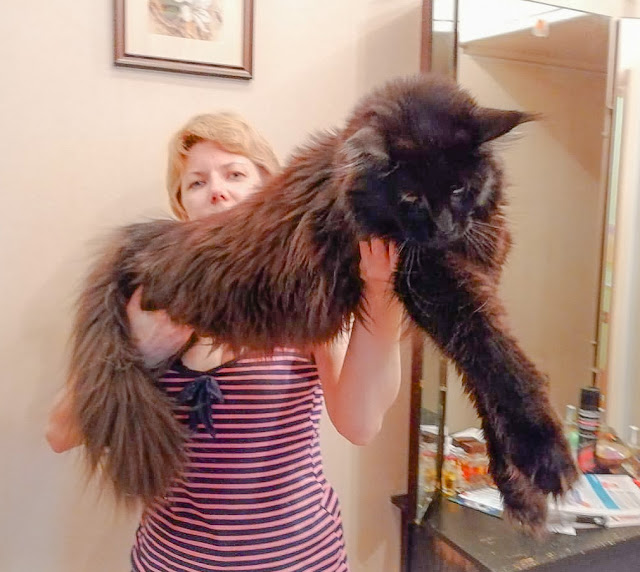
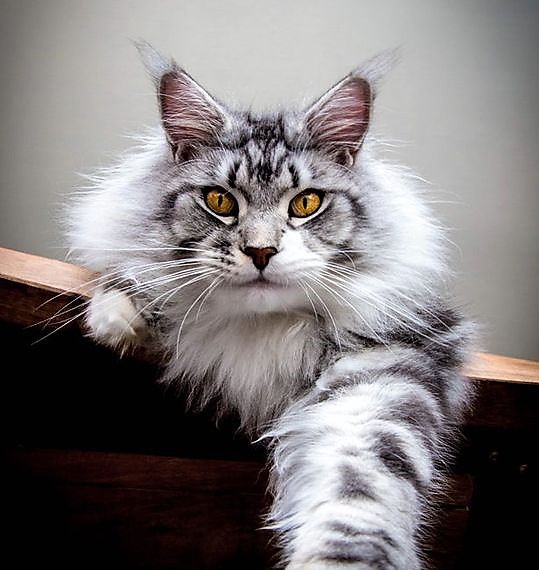
Comments
Post a Comment
Please share your Maine Coon experiences.